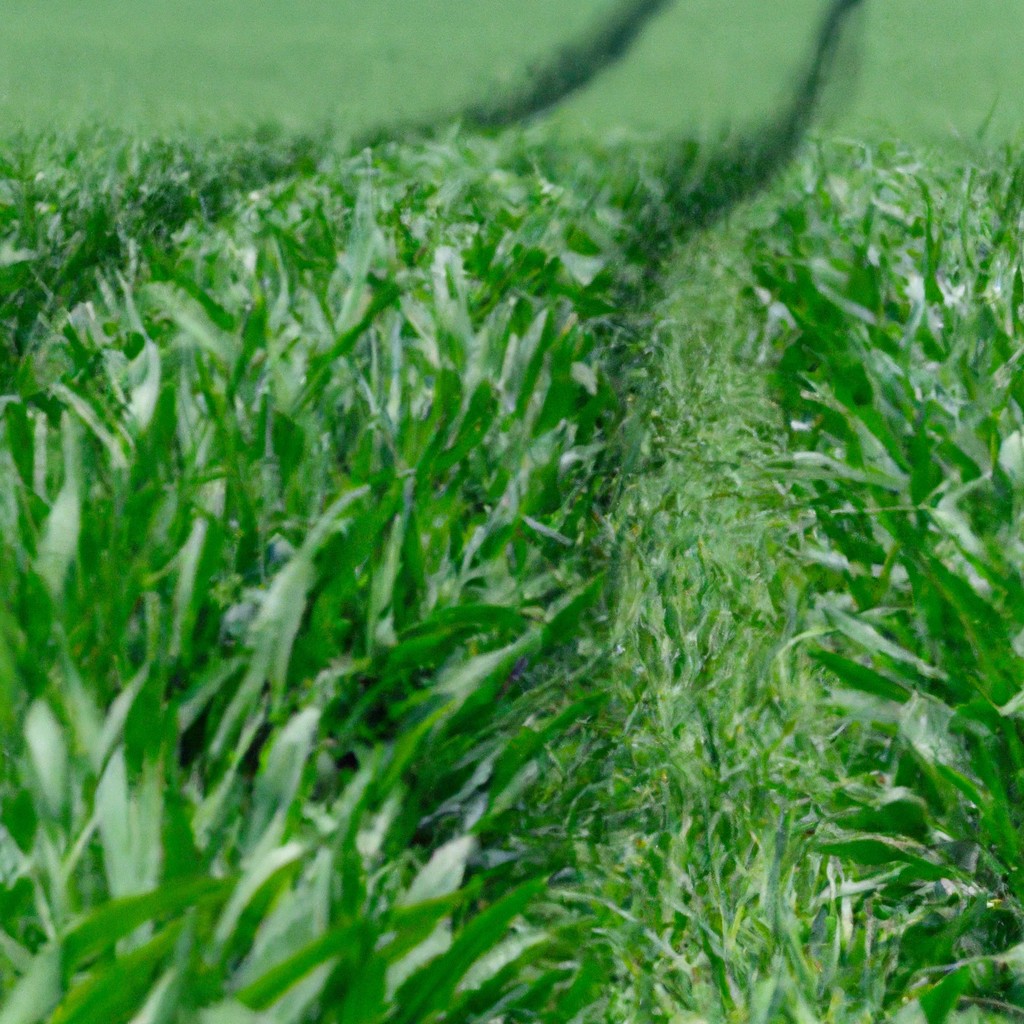Learn about the impacts and methods of intensive agriculture to better understand its role in food production today.
Look Inside:
Features of Intensive Agriculture

Intensive agriculture, known for its high productivity, relies on significant inputs of synthetic fertilizers and pesticides. This approach aims to maximize crop yields per acre by employing advanced irrigation systems and genetically modified organisms (GMOs). By focusing heavily on monocultures, or the cultivation of a single crop type, farmers can specialize their techniques and equipment, increasing efficiency but often at the cost of biodiversity. Additionally, intensive farming makes extensive use of machinery which, while reducing labor costs, can lead to soil compaction and erosion.
Environmental Impact
Intensive agriculture, characterized by high inputs of water, fertilizer, and pesticides, can have profound effects on the natural environment. One major consequence is soil degradation, which results from constant crop production without adequate recovery periods. This depletion of soil nutrients necessitates even greater chemical inputs to maintain yields, creating a vicious cycle.
Water resources are also heavily impacted. The practice often involves substantial irrigation, which not only depletes water supplies but can lead to river and groundwater contamination due to runoff carrying chemicals and fertilizers. Additionally, pesticide use in these farming systems can lead to decreased biodiversity in and around agricultural sites as it can harm unintended species alongside targeted pests.
Lastly, the heavy reliance on chemical fertilizers and pesticides contributes to air pollution and greenhouse gas emissions. The production and application of nitrogen-based fertilizers, for example, are significant sources of nitrous oxide, a potent greenhouse gas.
Human Health Impacts
Pesticides and fertilizers used in intensive farming can have several health implications for consumers. When crops are treated with synthetic chemicals, residues can remain on produce. Regular consumption of these chemicals has been linked to various health issues, including hormonal imbalances, neurological problems, and even cancers.
Farm workers are particularly at risk. They often face direct exposure to high concentrations of pesticides and fertilizers. This can lead to acute poisoning or long-term health problems, such as respiratory issues and skin disorders.
The push for high-yield crops also impacts nutritional quality. Studies have shown that intensively farmed fruits and vegetables may contain lower levels of nutrients compared to those grown using sustainable methods. This can affect overall dietary quality, potentially leading to nutrient deficiencies in populations heavily reliant on such produce.
Antibiotic overuse is a critical concern in livestock farming. To promote growth and prevent disease in crowded conditions, animals are often given antibiotics. This practice has contributed to the rise of antibiotic-resistant bacteria, posing a significant public health threat globally.
Alternatives to Industrial Agriculture
Regenerative agriculture offers a sustainable path forward, focusing on enriching soil health and increasing biodiversity. Techniques such as cover cropping, crop rotation, and reduced tillage help restore soil organic matter, thereby enhancing water retention and reducing erosion.
Agroforestry, which integrates trees and shrubs into farm landscapes, not only increases carbon sequestration but also provides habitats for wildlife and additional income sources from timber or fruit.
Organic farming, avoiding synthetic pesticides and fertilizers, supports a healthier ecosystem. This approach tends to produce food that is free from chemical residues, appealing to health-conscious consumers and reducing environmental toxins.
Permaculture designs systems that mimic the efficiency of natural ecosystems. This holistic approach incorporates water management, soil fertility, and plant synergy to create self-sustaining farms.
Community-supported agriculture (CSA) programs strengthen the link between farmers and consumers. By purchasing shares in a farm’s harvest, consumers receive regular fresh produce, and farmers gain financial security for their season’s work.
These strategies not only address the adverse effects of industrial farming but also promote resilience, community well-being, and long-term sustainability.
Intensive Versus Extensive Agriculture
Intensive agriculture, often characterized by a significant input of labor and capital to increase output per acre, contrasts sharply with extensive agriculture, which relies on broader land spaces with minimal resource input. In intensive systems, farmers frequently use synthetic fertilizers, pesticides, and high-yield crop varieties to boost production. They tend to focus on maximizing yields from a small area, ideal for regions where arable land is limited.
Extensive agriculture spreads across larger tracts of land but involves lower input costs and less direct intervention in production processes. This type typically supports lower population densities and utilizes natural rainfall rather than irrigation systems, often resulting in lower yields per unit area compared to intensive methods. It is common in regions with abundant land, like parts of Australia and the United States.
Understanding these differences can shed light on which farming practices might be more sustainable or appropriate in different environmental and socioeconomic contexts. Each approach has its benefits and drawbacks, influenced by the geographic, economic, and social conditions of the area.




